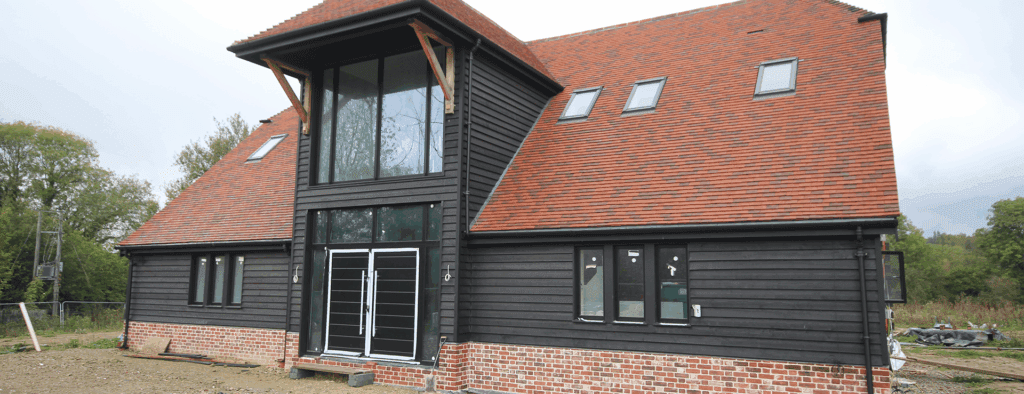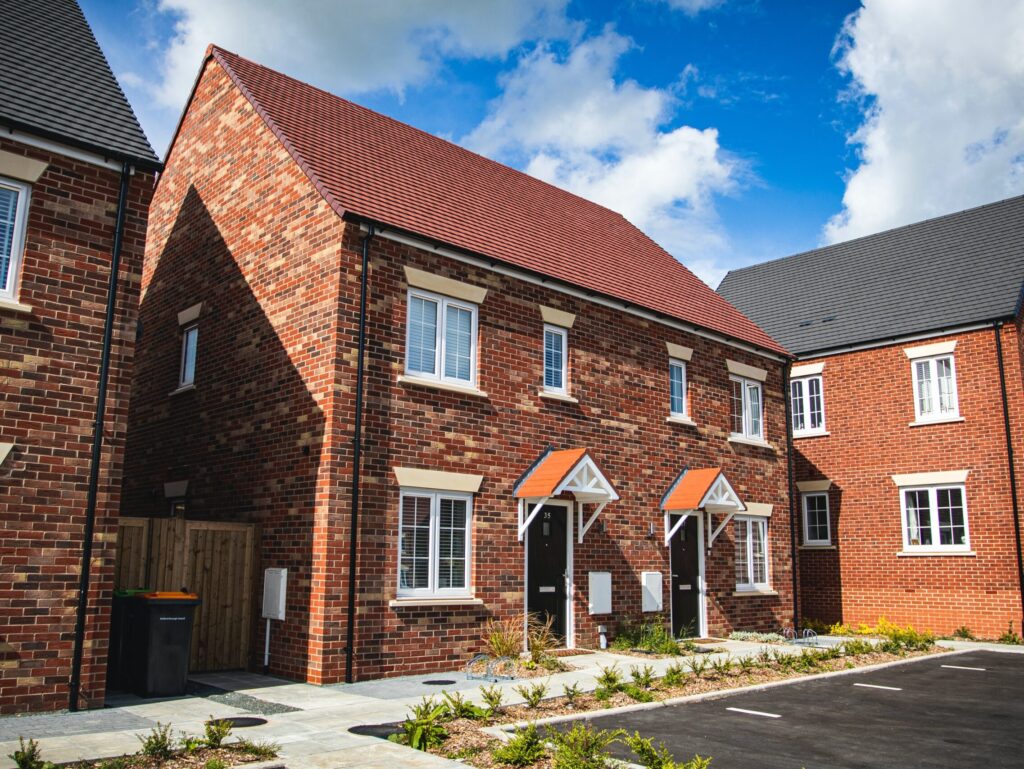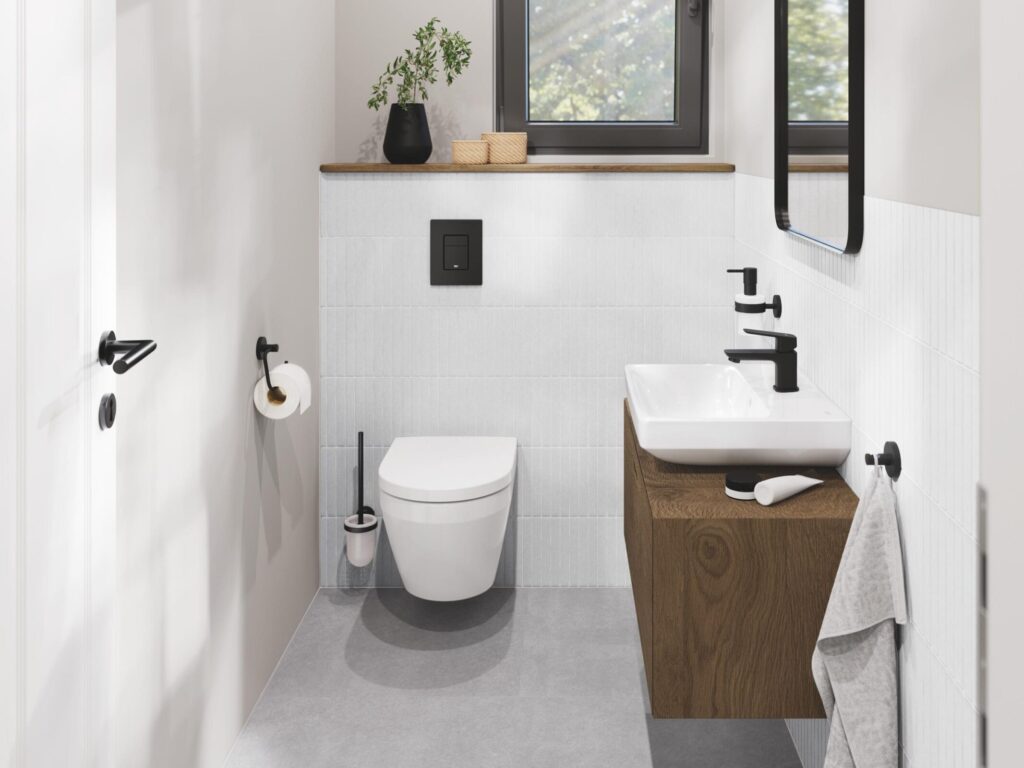The Chartered Institute of Building Services Engineers’ CEO Ruth Carter discusses the important role of building services engineers and how CIBSE contributes to the housebuilding sector
Could you start by describing your role as CEO of CIBSE and how it influences the building services sector in the UK housing market?
When I joined the Institution 3 years ago, one of our Trustees told me that being CEO of CIBSE was a privilege and I have taken that very seriously. Despite having its roots in the past (CIBSE has been around for over 125 years), our heads and our vision are very much looking to the future and this is being led by the fact that the role of the building services engineer is becoming increasingly more influential and relevant. The built environment is changing at a rapid pace and that feels even more the case for our part of the industry.
So, it goes without saying that, as CEO of CIBSE, my role is multifaceted but primarily focuses on driving our mission to advance global best practice in building services engineering while addressing the urgent challenges posed by climate change. We are built round three main pillars: building performance, building safety and decarbonisation and CIBSE serves as one of the world’s leading authority in the provision of guidance and expertise to both industry professionals and governmental bodies in these areas.
Through our extensive network of over 22,500 professionals worldwide, CIBSE acts as a trusted voice, influencing policy decisions and advocating for sustainable practices in construction, engineering and sustainability. Our aim is to ensure that buildings are designed, constructed and operated to the highest standards of performance, safety and environmental responsibility.
In the UK housing market, CIBSE plays a crucial role in shaping the trajectory of building services engineering. By championing innovation and promoting environmentally friendly systems, we empower our members to drive positive change in major projects across the country and beyond. Our collective efforts are directed towards enhancing the well-being of individuals and communities, both now and for future generations, through sustainable and resilient building practices.
What unique contributions do building services engineers bring to the table for housebuilders, especially in terms of improving building performance?
Building services engineers are at the forefront of building performance. They influence decisions regarding the fabric of a building, and they design, install, operate, and maintain the energy using systems in buildings. These include required levels of insulation for thermal comfort, sizing, orientation and shading of windows for daylight and natural ventilation and heating, cooling, ventilation and lighting systems for improved indoor environmental conditions. The decisions of building services engineers will directly impact the energy use of a building and the comfort and safety of occupants.
Over the past few years, we have seen a major shift in what people are looking for from their buildings. The world of ‘style over substance’ is fast becoming a legacy view with people wanting buildings that performance as well as they look. The building service engineer is critical in delivering this.
How does CIBSE support housebuilders in incorporating sustainable and efficient design practices into their projects?
Our technical guidance provides the industry standards on the sizing, installation, maintenance of systems in buildings. For example, our Domestic Heating Design Guide is used by thousands of engineers in delivering energy efficient, safe systems. We are currently working on producing a similar guidance document focusing on the delivery of domestic heat pumps, towards achieving the industry’s and the government’s decarbonisation targets.
Equal to the operational savings our Members secure by improving the building fabric and systems, is the consideration of the embodied carbon of a building and its services. That is the carbon emitted as a result of energy used during the construction of a building and the manufacturing of its materials and systems. CIBSE has pioneered in this area by providing a simplified method for calculating the embodied carbon of building services equipment (TM65 Embodied carbon of building services – a calculation methodology) and a follow up publication that is providing embodied carbon figures for heating and hot water equipment used in homes (TM65.1 Embodied carbon in building services: residential heating). The aim of this work is to better understand and reduce the whole life carbon of a building by specifying material and equipment with lower environmental impact which support our decarbonisation goals.
What are the most significant current trends in building services that you believe housebuilders should be aware of?
There is a strong industry and government push towards the electrification of our buildings which purpose is to reduce our reliance on fossil fuel. The 2 key elements to achieve this is: reduce energy demand and supply clean electricity to meet the reduced demand.
The trends that derive from the above 2 principles are 1. Reduce the need for energy use systems by optimising the fabric of the building to reduce heat losses (insulation), provide natural ventilation (windows) and protect from summer solar gains (shading). 2. Achieve required indoor heating, cooling and ventilation requirements with electric, energy efficient systems, such as heat pumps and mechanical ventilation with heat recovery. 3. Meet energy demand with renewable energy sources (solar PVs and battery storage).
Finally, we see the consideration of the whole life carbon of a building, including both its operational and embodied carbon performance, being the next big focus for the industry in its journey to decarbonising the built environment.
Can you highlight any recent innovations within the field of building services that could revolutionise the way homes are built in the UK?
The realisation that our homes need to adapt to imminent changes in climate, technological advances and energy supply, will be a key driver of innovation in our industry. We have already seen innovations in renewable energy systems and storage solutions, as well as electric heating systems. In the future we will see innovations in the area of sustainable cooling systems to tackle increases in summertime temperatures.
What do you see as the biggest challenges currently facing housebuilders in terms of building services, and how can they overcome these challenges?
The biggest challenge, which is also an opportunity, for the industry is the retrofit of existing homes to make them energy efficient, safe and healthy. We have some 27 million existing homes that will need to be retrofitted to be net zero carbon by 2050 and to tackle the challenges of the future. That requires a million domestic retrofits a year. While the knowledge and expertise to deliver effective retrofits exist, they are not widely available and the principles of safe, healthy, well-ventilated and mould-free energy efficient homes are nowhere near as widely distributed as they need to be.
Delivering that knowledge, providing training and building confidence through technical standards, design guidance and appropriate competence and certification schemes is complex and requires a common understanding across the industry to enable accelerated progress, improved outcomes and foster effective innovation.
With building regulations continually evolving, particularly around sustainability and energy efficiency, what key changes should housebuilders be preparing for in the near future?
The main changes in the building regulations are around building safety which is restructuring responsibilities and increasing professional competence requirements. That will have an impact on the whole supply chain from choosing the right construction material and products, to design, installation and maintenance considerations, to final sign off and ongoing responsibilities post completion.
The release of the Future Home Standard public consultation revealed clear trends for new homes. The intent to discontinue the reliance on gas boilers for all new homes, improve handover procedures and information, including the introduction of a Home User Guide, and the increased attention to post-completion testing. Furthermore, the move from SAP (Standard Assessment Procedure) to HEM (Home Energy Model) is increasing the requirements on the energy and thermal comfort performance assessments at design stage.
Looking ahead, what developments in building services engineering do you think will have the most impact on the housing industry over the next decade?
Electrification of systems and their integration to new and existing homes will be the main developments in the area of budling services engineering. Domestic heat pumps, heat networks, renewable energy and energy storage systems, are some of the areas that CIBSE is currently developing guidance, standards, training and certification on, to inform and upskill the industry to respond to future demands of energy efficiency, safety and health and wellbeing.
What advice would you give to housebuilders to help them maximise the benefits of advanced building services in their projects?
There are currently strong incentives that drive innovation in the industry and what it is considered to be advanced now it will become mainstream tomorrow. The housebuilding industry will need to adapt and upskill fast in order to meet the requirements of tomorrow.
Are there any specific resources, tools, or best practices that CIBSE recommends or provides to housebuilders to stay competitive and compliant in today’s market?
CIBSE offers a range of resources and best practices to support housebuilders in staying competitive and compliant in today’s market. These include our Domestic Heating Design Guide, TM65.1 on embodied carbon in building services for residential heating, AM16 for heat pump installations in multi-unit residential buildings, TM59 for assessing overheating risk in homes and TM60 outlining good design practices for homes.
Read more news and exclusive features in our latest issue here.
Never miss a story… Follow us on:
Showhome
@Your_Show_Home
@Showhomemag
Media Contact
Joseph Clarke
Editor, Showhome
Tel: +44 (0) 1622 823 920
Email: [email protected]












